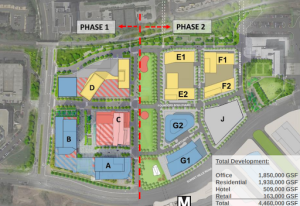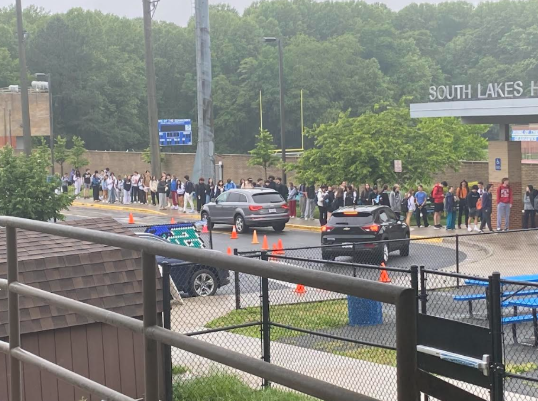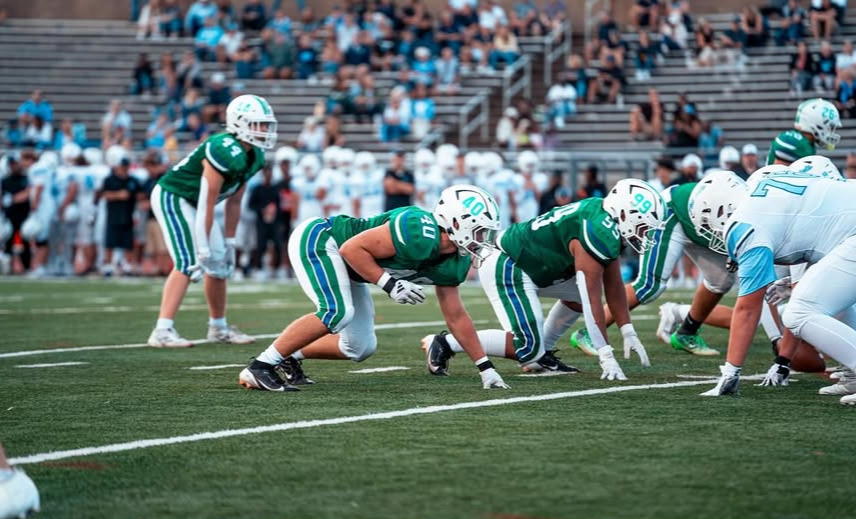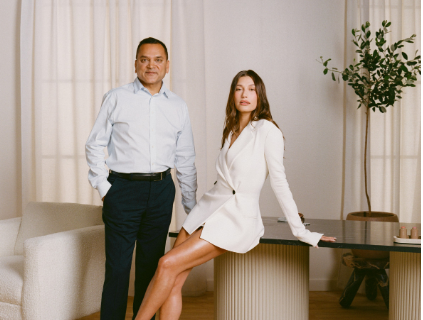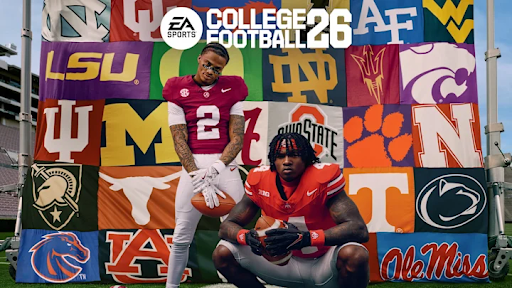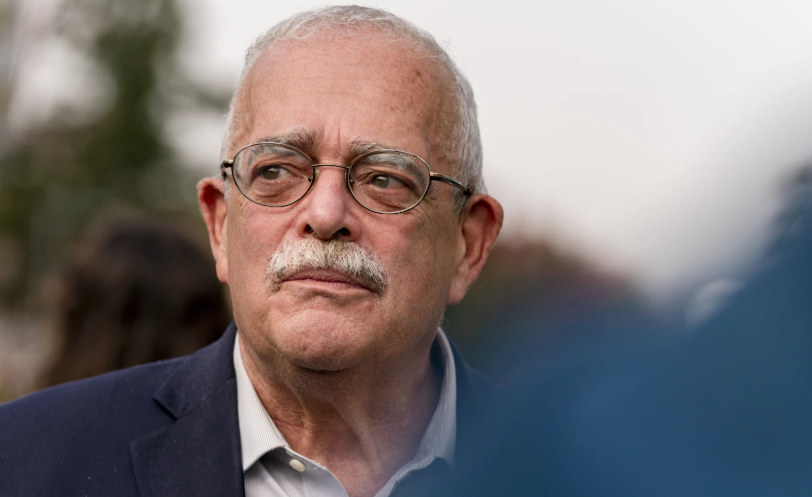We’ve all seen the metal detectors suddenly appear two weeks ago, and now they’ve come again, squatters here to stay. Students were lined up, filtered through one by one as they came up to the plate, emptying their bags of laptops, binders, and the like. Some were pulled aside for some little bit of metal in their bag, all procedure.
Sounds nice! Unfortunately, life is not so convenient. The first day of metal detectors went relatively smoothly, only being installed on the lower-volume stadium side. The second first day they were installed on both sides, unannounced, and while it was pouring rain outside. The results were long lines outside, tardiness to 2nd period, and general unease in the school community.
“I got to school at 7:56, and got through to class at 8:24” one student said.
“By the time I got to school, the line [on the bus side] was getting up to Hughes” another stated.
The first day was rough, in summary, and I’m sure it’ll improve. But how much security is enough?
The detectors are in response to elevated school shooting and weapons incidents in schools, but I believe it just dodges core issues and inconveniences the many, a “school TSA,” as some have called it in the last few days. It doesn’t address how these students get weapons, which should be addressed by law enforcement and legislature, and it doesn’t do anything to dissuade disruptive incidents either.
The detectors slow down all students and unnecessarily inconvenience them for little gain, just like the TSA. As a comparison, the TSA’s failure rate to detect weapons or explosive materials in 2015 was 95%, as uncovered in an undercover ABC News report. Do we really think our security staff with only standing metal detectors will be better?
To add in some math, I calculated the maximum amount of time each student would have to pass through the metal detector and make it to class in time. 2600 students, let’s say, a window of 30 minutes (7:40-8:10), and 2 detectors on the stadium side, and 3 on the bus side. With the generous estimate of half of the student body coming in each side, the stadium side would need to process students at a rate of one student every 2.8 seconds, and the bus side would need to process them at a rate of one student every 4.2 seconds. This does not account for secondary screenings. With this generous estimate, getting every student in class on time seems to be almost impossible.
School security is extremely important, but it should not come at the expense of learning, the primary function of a public school.
“Okay, so what else should we do to secure it? Full body scans?” some may ask, scarily enthusiastic. I believe we shouldn’t go any further. We’re reaching diminishing returns in security, and are encroaching on people’s comfort and convenience for a miniscule improvement in security.
Real, impactful action will be done in the restriction of weapon access, and catching potential threats before they can act. Through improved gun control laws and higher law enforcement use of social media to find threats, we can shrink the threat to school safety without harming the student experience.
This is not the fault of our school’s policies, do not blame our security team or administration for these detectors. Blame the legislators and the policymakers at the state and country level who did this without considering the on-the-ground conditions of our high schools.
So how much do we want to ramp up security and lock down our schools before we realize the problem is much better solved outside of school, where it doesn’t impact learning and the comfort of the students?





